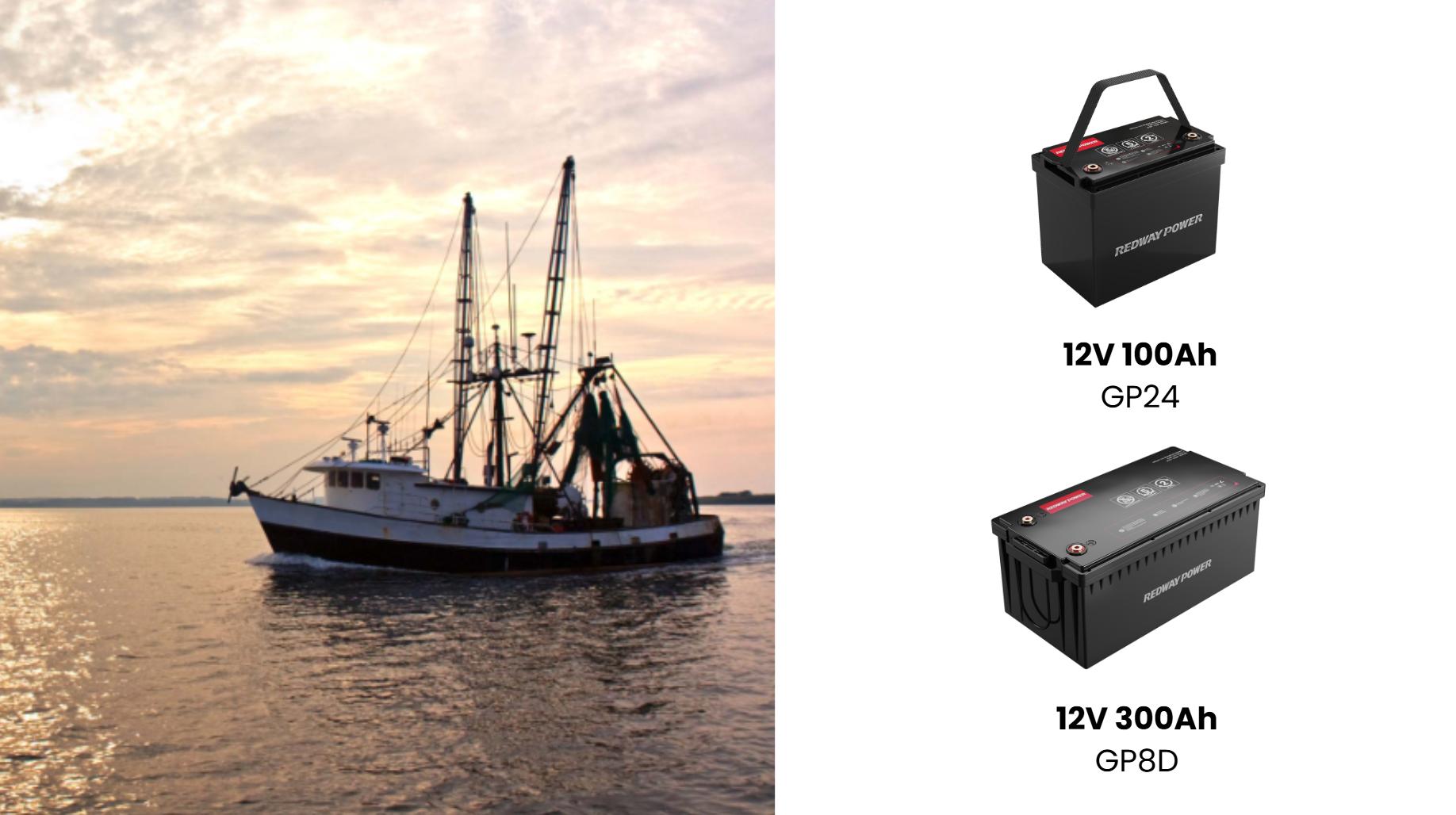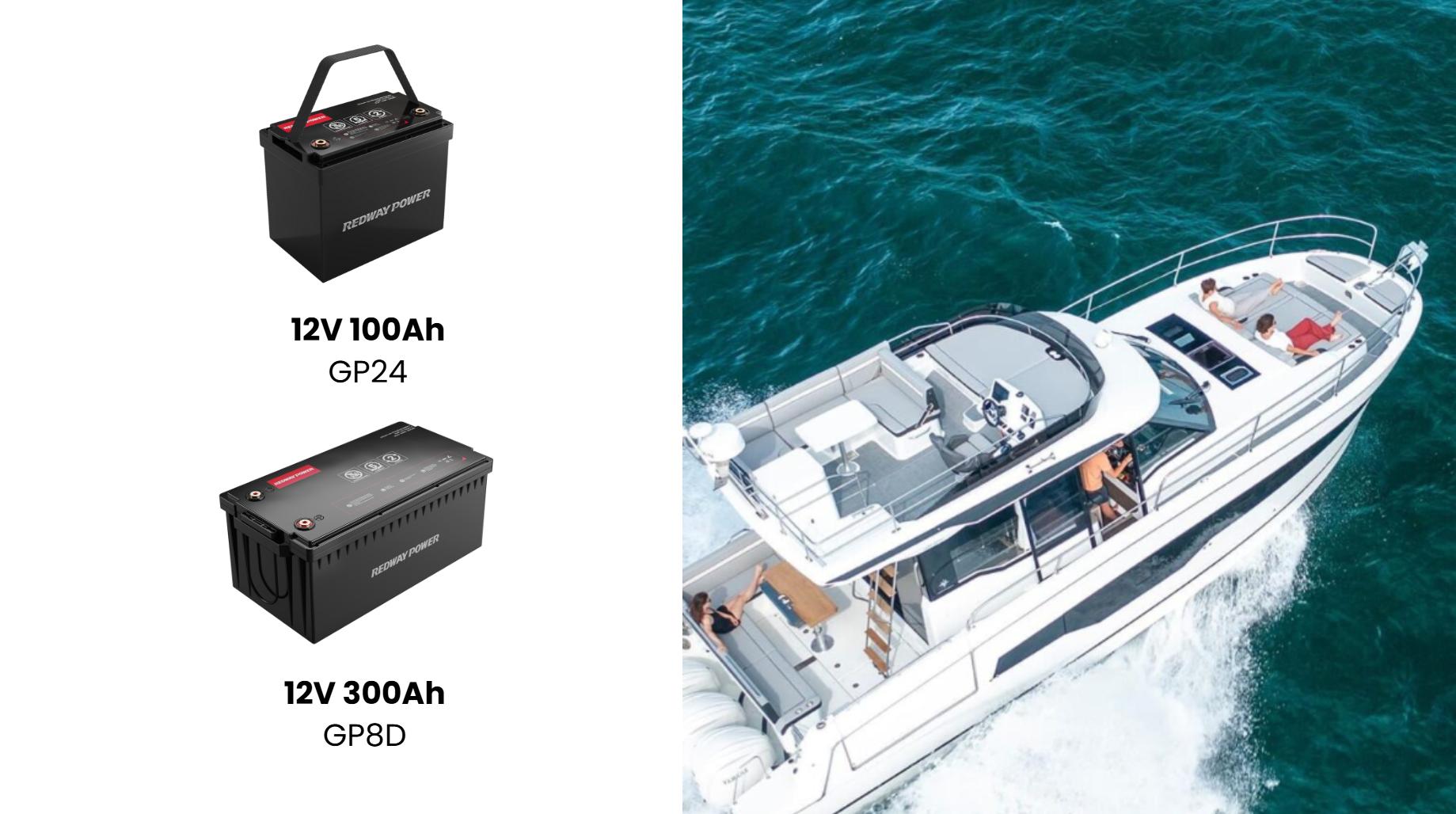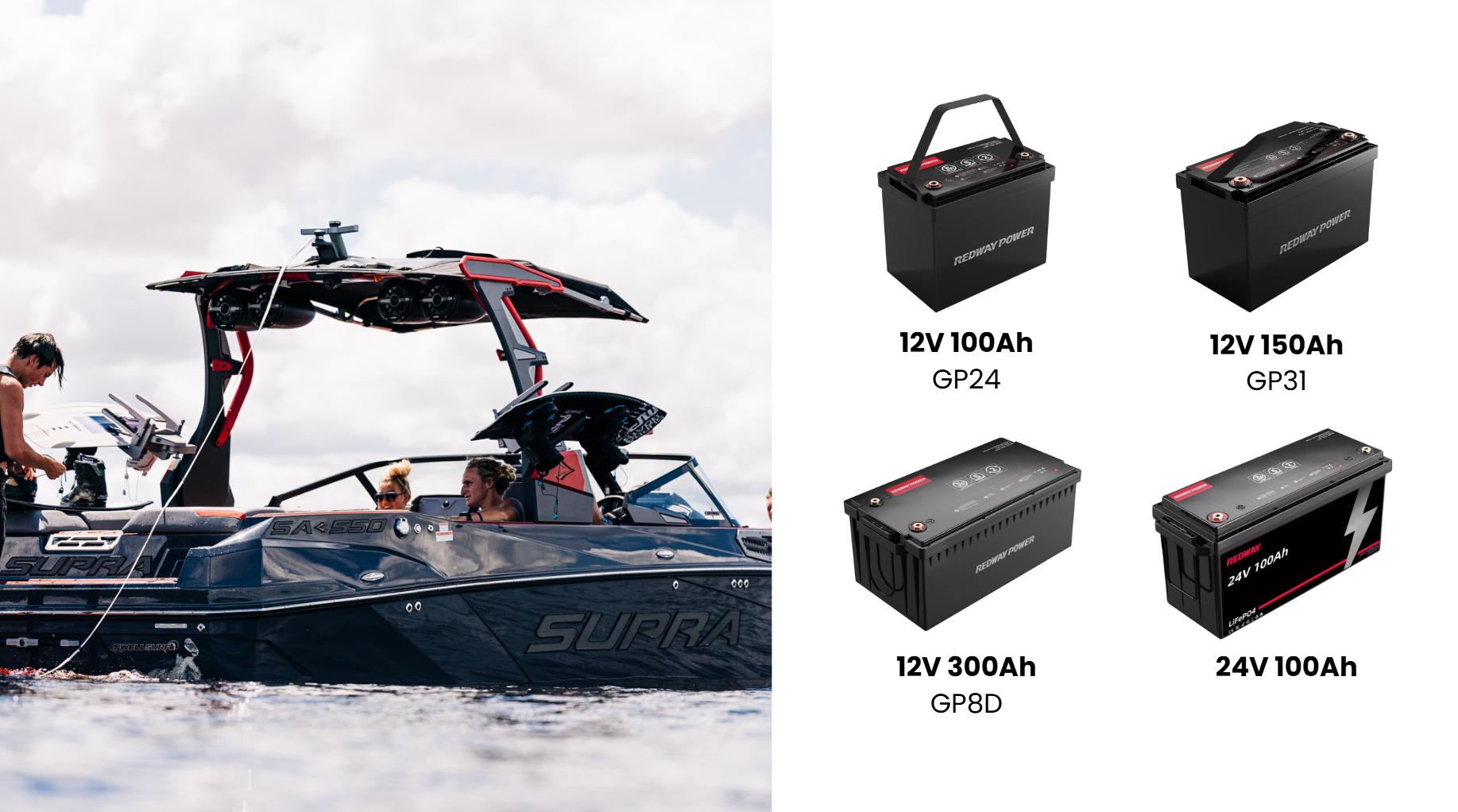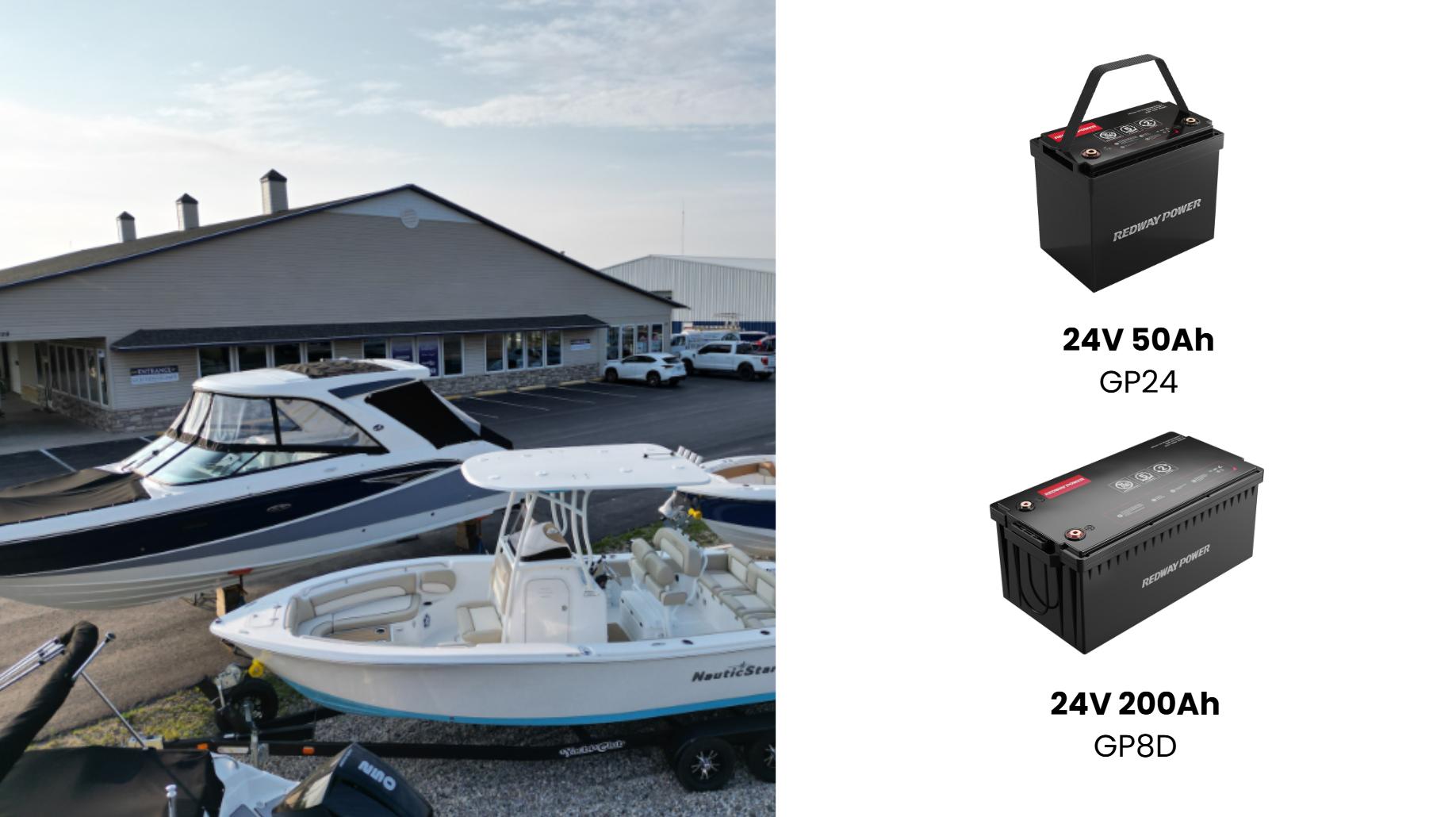What Are the Best Club Car Golf Cart Accessories to Enhance Performance?
Club Car golf cart accessories improve functionality, comfort, and style. Popular upgrades include lift kits, premium seats, LED lighting, and weather enclosures. These additions cater to personalization, terrain adaptability, and extended usability. Prioritize OEM or certified aftermarket parts for compatibility. Regular maintenance ensures longevity. Explore accessories based on needs: utility, luxury, or off-road performance.
How Do Club Car Golf Cart Accessories Improve Functionality?
Accessories like cargo beds, hitch kits, and storage compartments expand utility for hauling equipment. Performance upgrades (high-torque motors, heavy-duty suspensions) enhance off-road capabilities. Weatherproof enclosures and heaters extend seasonal use. Digital dashboards and GPS systems add modern convenience.
What Types of Customization Options Are Available?
Customization ranges from aesthetic upgrades (paint jobs, alloy wheels) to functional mods (lift kits, LED light bars). Seats with ergonomic designs, stereo systems, and climate control add luxury. Off-road packages include knobby tires and reinforced frames. Solar panel mounts and lithium battery kits support eco-friendly use.
Why Should You Prioritize OEM Accessories?
OEM accessories guarantee fitment, durability, and warranty compliance. They’re engineered specifically for Club Car models, reducing installation errors. Aftermarket alternatives may offer cost savings but require vetting for quality. Certified third-party brands like MadJax and American Custom provide reliable options.
How to Maintain Club Car Accessories for Longevity?
Clean electrical components with non-corrosive solutions. Lubricate moving parts (steering systems, lift kits) quarterly. Inspect bolts and connections for tightness. Store weather-sensitive accessories (canopies, seat covers) indoors during extreme weather. Follow manufacturer guidelines for battery-powered add-ons.
What Are the Safety Considerations for Upgraded Carts?
Ensure lift kits don’t compromise stability. Install LED headlights for improved visibility. Brake upgrades (disc conversions) are critical for lifted carts. Secure cargo attachments to prevent shifting. Avoid overloading electrical systems with excessive add-ons.
Which Emerging Trends Are Shaping Golf Cart Accessories?
Smart tech integration (Bluetooth diagnostics, app-controlled lighting) is rising. Lightweight carbon fiber components reduce energy consumption. Solar charging systems promote sustainability. Modular designs allow swappable accessories for multi-use carts.
How to Choose Between Utility and Luxury Add-Ons?
Assess primary use cases: cargo beds and tow hitches suit work-oriented carts. Heated seats, sound systems, and custom upholstery prioritize comfort. Hybrid setups balance both—e.g., weather enclosures with built-in stereo compatibility. Budget and frequency of use dictate ideal configurations.
Expert Views
“The shift toward eco-friendly and tech-integrated accessories is transforming the market. At Redway, we recommend lithium-ion battery kits and solar panels to reduce environmental impact while boosting efficiency. Always validate third-party accessories for safety certifications—especially for electrical modifications.” — Redway Power Solutions Team
Conclusion
Optimizing a Club Car golf cart with strategic accessories enhances performance, comfort, and versatility. From utilitarian upgrades to luxury additions, prioritize quality and compatibility. Regular maintenance and adherence to safety standards ensure sustained benefits. Stay informed about emerging trends to future-proof your investment.
FAQs
Are Aftermarket Club Car Accessories Reliable?
Reputable aftermarket brands like MadJax and Strech Plastics offer reliable, cost-effective options. Verify certifications and customer reviews before purchasing.
Can I Install Accessories Myself?
Basic accessories (seat covers, cup holders) are DIY-friendly. Complex mods (lift kits, electrical systems) require professional installation to avoid voids in warranties.
Do Accessories Affect Battery Life?
High-power add-ons (stereos, heaters) drain batteries faster. Upgrade to lithium-ion batteries or add a secondary battery for energy-intensive setups.





